Everton had an average 2018/19 season, finishing eighth with 54 points despite a considerable transfer outlay in the summer. One of their better players was Andre Gomes, who was on loan at the Merseyside club from Barcelona. His performances over the course of the season convinced Marco Silva to make his loan deal permanent, and despite late interest from West Ham, the Portuguese midfielder signed for the Toffees for £22m ahead of next season.
This tactical analysis scout report will look at how Gomes was essential for Everton last season, and where he can expect to fit into Marco Silva’s tactics going ahead.
Style of play
Gomes is an extremely modern midfielder in that his skill-set is not limited to one particular domain. His best role is that of a deep-lying playmaker, but he is not shy of getting forward and influencing play from the final third of the pitch. This fits in nicely with Silva’s preferred style of play; as the image below shows, Everton played a 4-2-3-1 system for most of last season.
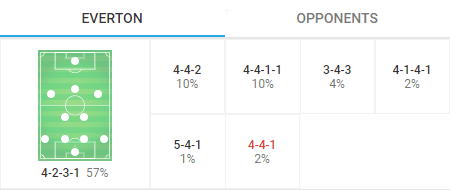
Gomes usually started as one of the two deeper central midfielders in this system, but with the freedom to push on if the situation demanded it, as can be seen from his heatmap. With Idrissa Gueye usually paired alongside him, he had ample cover in case Everton were caught high up the pitch.
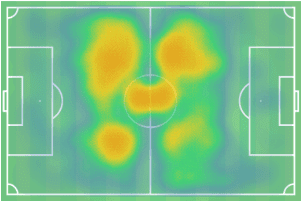
Statistical breakdown
Looking at the statistics, Gomes’ style of play becomes even more apparent. He had a decent pass completion rate of 85.5% over the entire season – this is due to the fact that Everton played a slightly more direct style of football, with the likes of Richarlison, Theo Walcott and Bernard playing up front. This is also illustrated by the fact that he alone played 4.6 long passes per 90 minutes, with this being almost 10% of his total passes/90 minutes. He had a surprisingly decent dribble success rate of 76.5% over the season, which shows that he did get forward when the opportunity presented itself. The one area of his game where he was an unqualified success was his defensive work, especially while pressing – he made an astonishing 8.38 ball recoveries in the opposition half per 90 minutes. This, allied with 3.24 interceptions/90 minutes, shows how integral he was to Silva’s pressing gameplan. He was often the player involved in the buildup but not the one making the final pass – the fact that he had just 2 assists for the season from 29 appearances reflects this. Finally, another weakness to his game was the lack of goals – he only scored 1 goal, and had an xG total of 1.34 for the season, demonstrating the lack of goal threat. While this was due to his positioning as a deeper midfielder, it is nevertheless an area of his game which could potentially need improvement.
Passing
As mentioned above, Gomes was usually deployed as one of the deeper midfielders in Everton’s 4-2-3-1 system, with the responsibility to create and maintain the tempo of the game. He was generally excellent at this, with one notable facet being his ability to switch play and find his teammates on the flanks with accurate long passes.
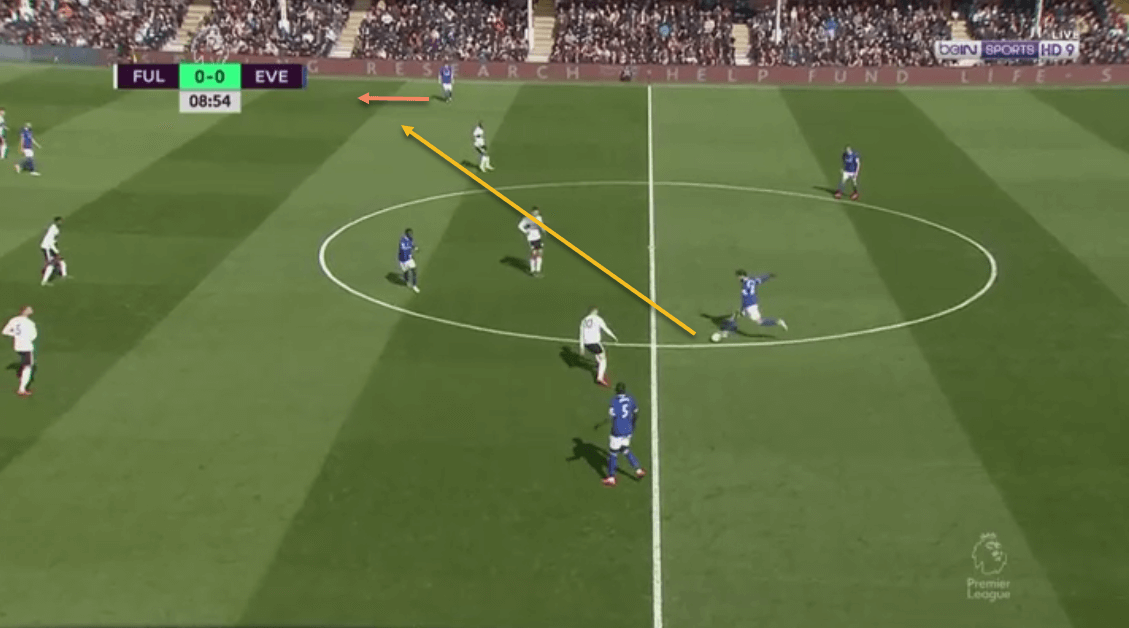
This was an important aspect of Silva’s tactics, as he would instruct his wingers to play narrow to allow space for the full-backs to advance into. Thus, it would be vitally important for Gomes to find these advancing full-backs with an accurate pass from deep.
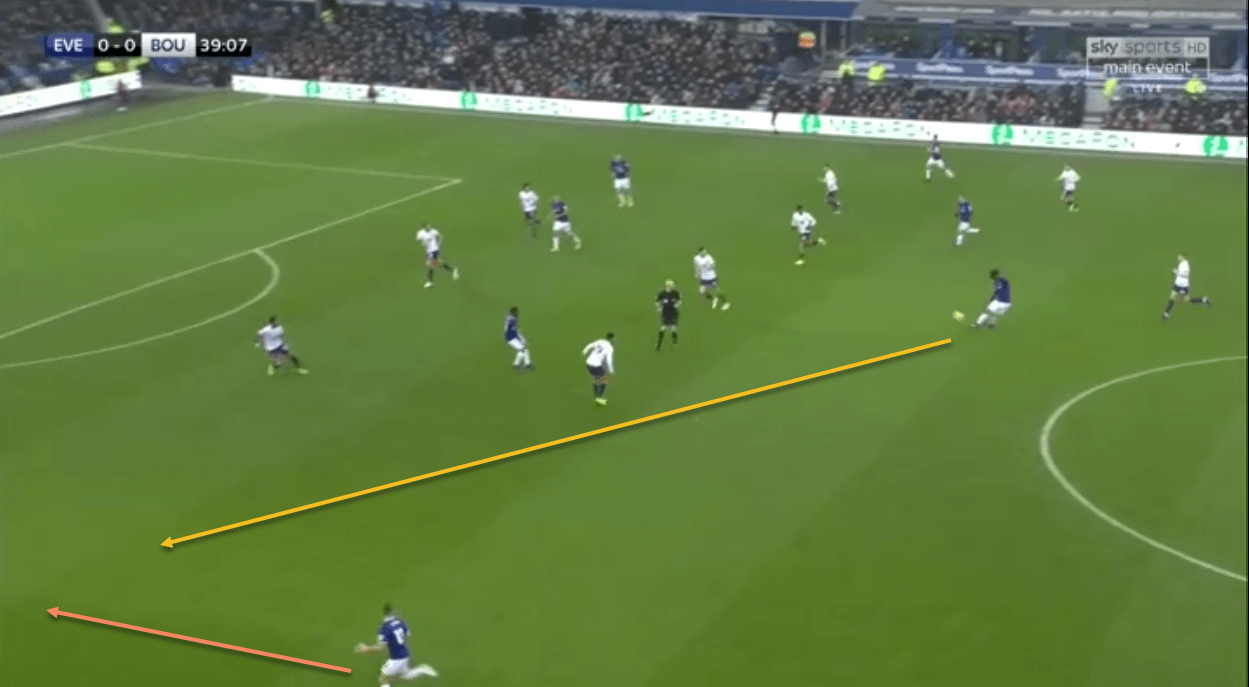
Of course, he was also able to find teammates in space between the lines with through balls.
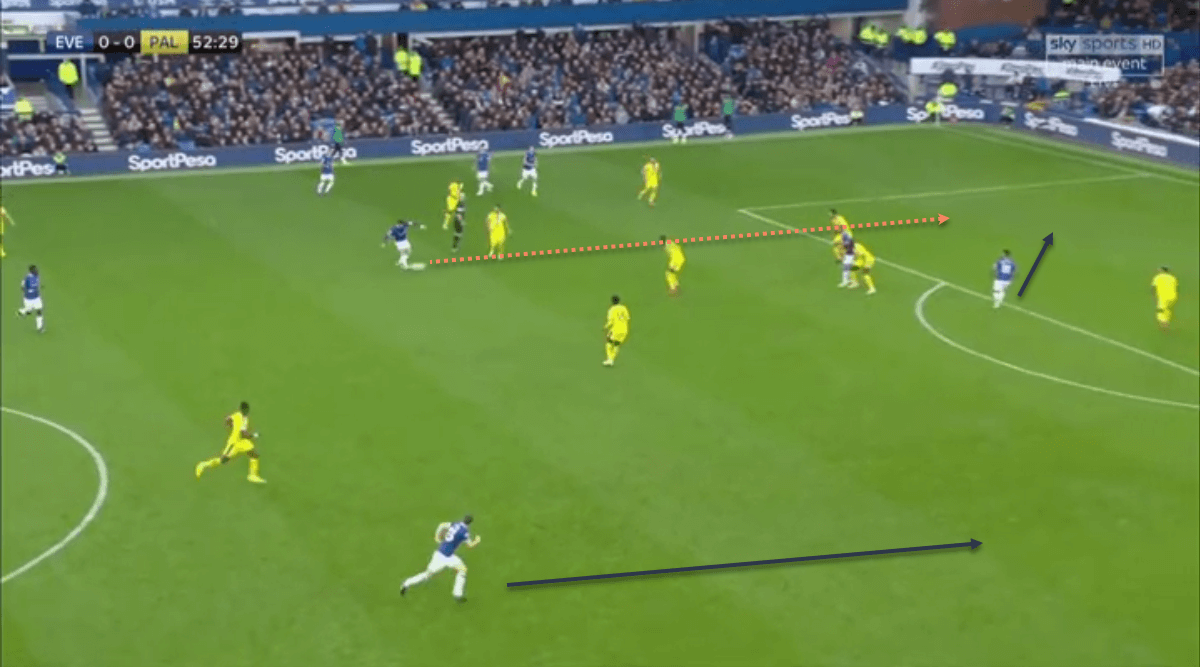
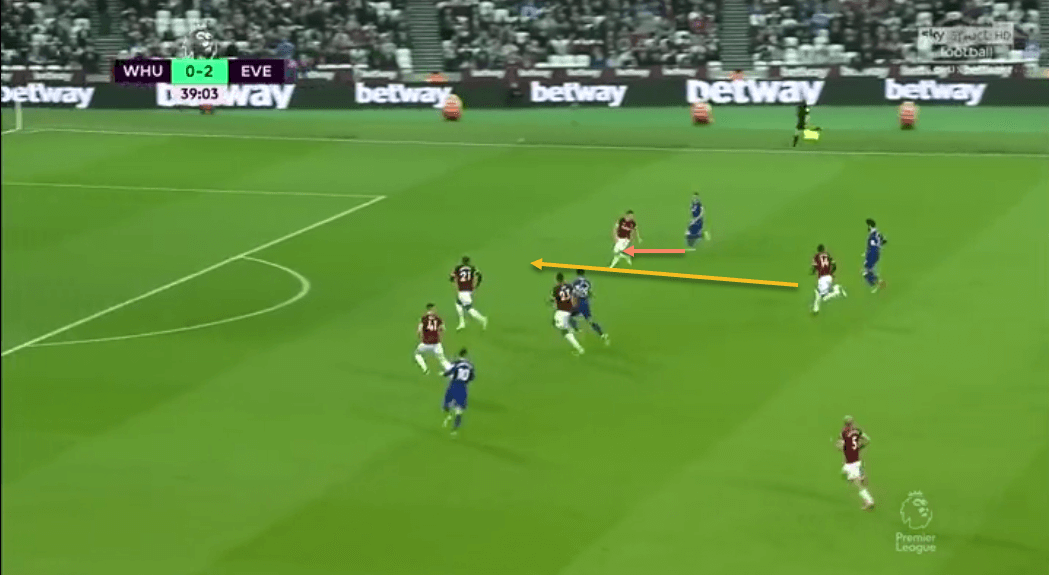
A tendency to get caught on the ball was a weakness, however – he averaged 9.34 losses per 90 minutes, with almost 4 of them in his own half.
Defensive work
Gomes’ work off the ball was probably a big reason for Marco Silva’s faith in him, as the Portuguese midfielder quickly became essential to his pressing philosophy. Gomes would often be found charging down opposition players in their own half, and as the numbers given above show, he was usually successful at this too.
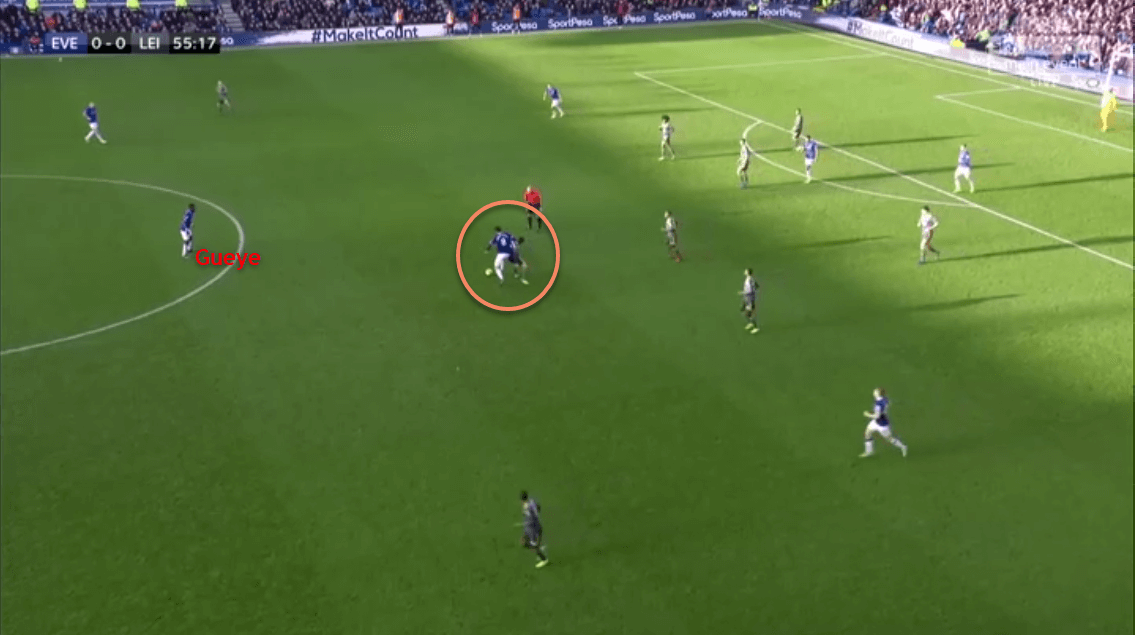
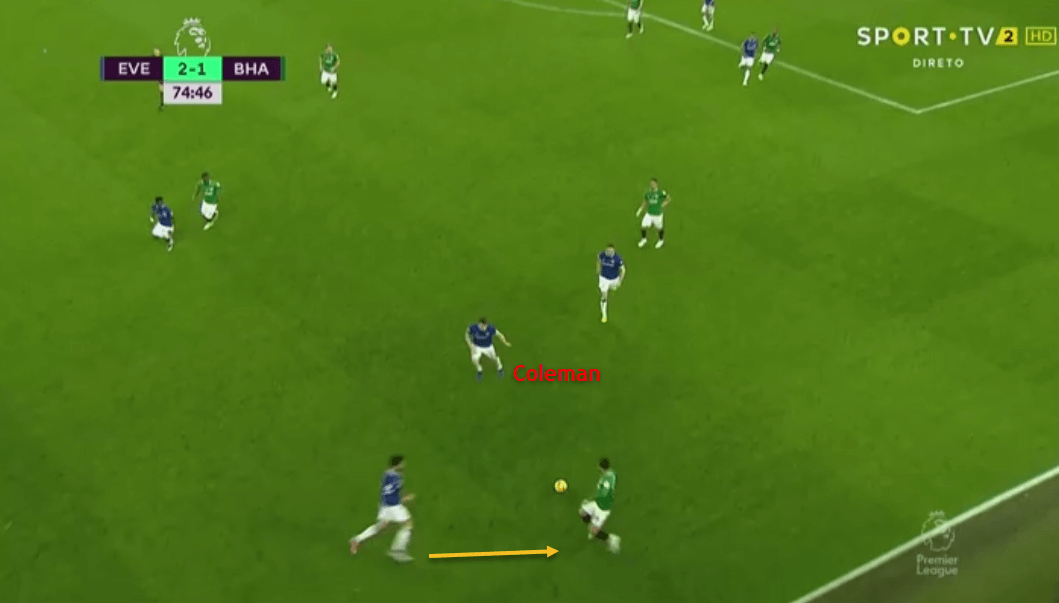
It was not just running around of the headless chicken variety either – Gomes is a tactically intelligent player, who would cover for his full-back when needed, usually Seamus Coleman on the right-hand side.
Movement
Another underrated part of his game was his off-the-ball movement. Having been a part of the Barcelona system for two years, he was accustomed to a give-and-go style of play, which he used intelligently in the Premier League. Allied with his above-average dribbling skills, certainly for a central midfielder, he was often able to drive Everton up the pitch on the ball, while making intelligent runs into space off the ball.
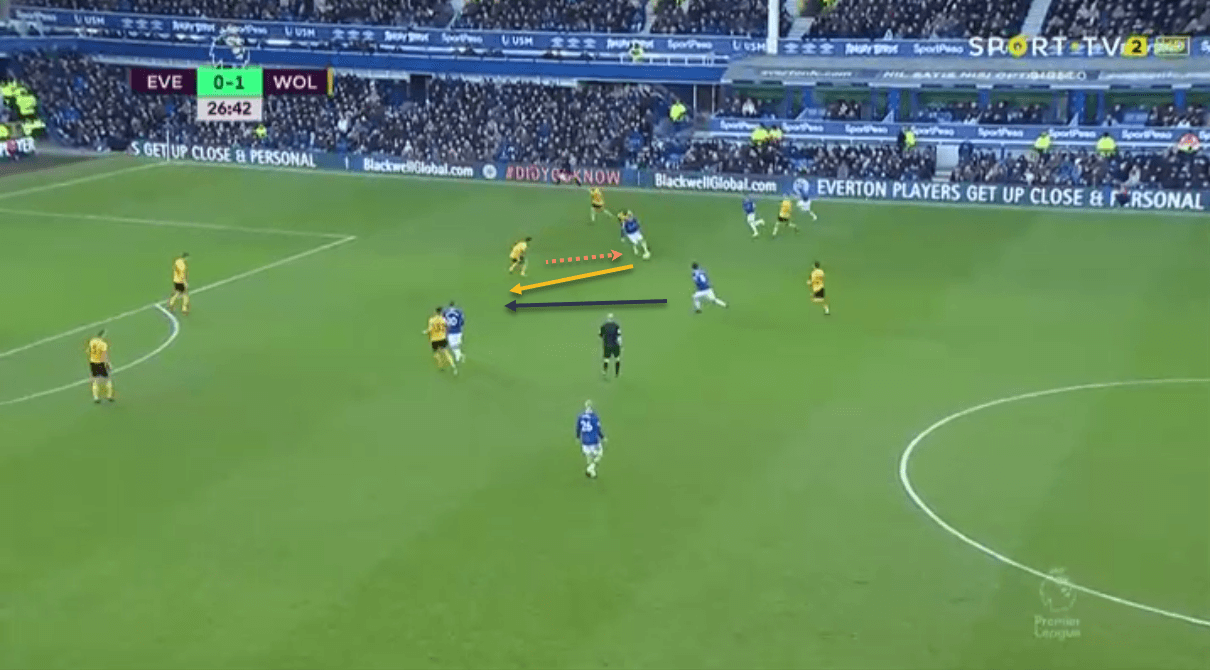
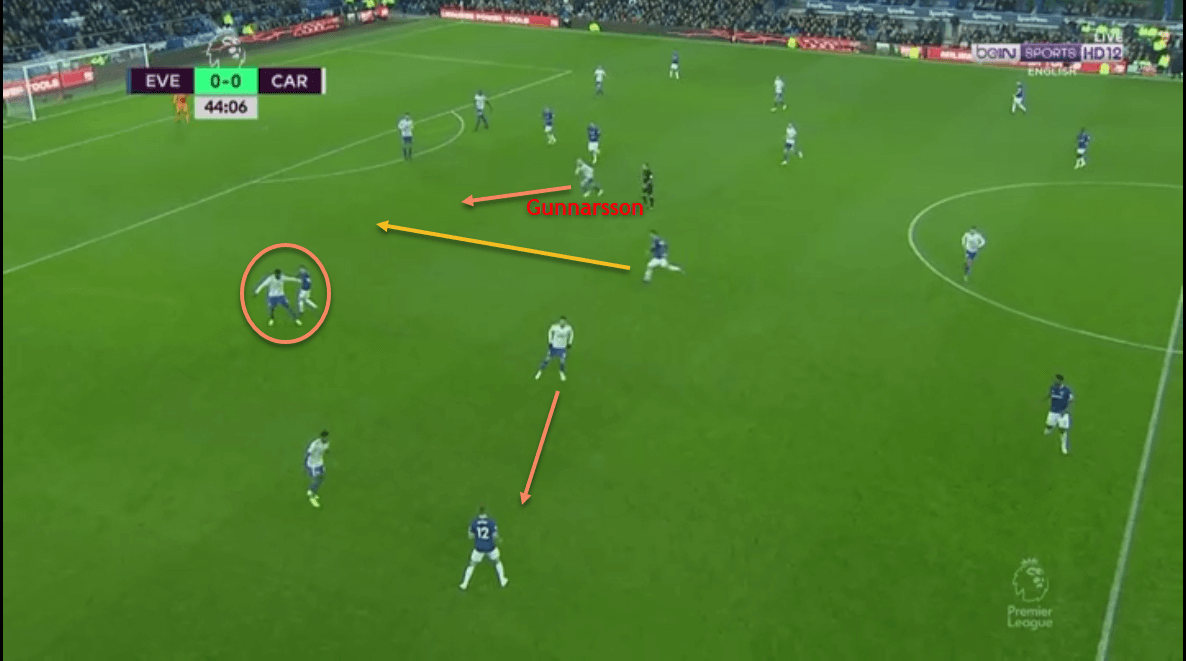
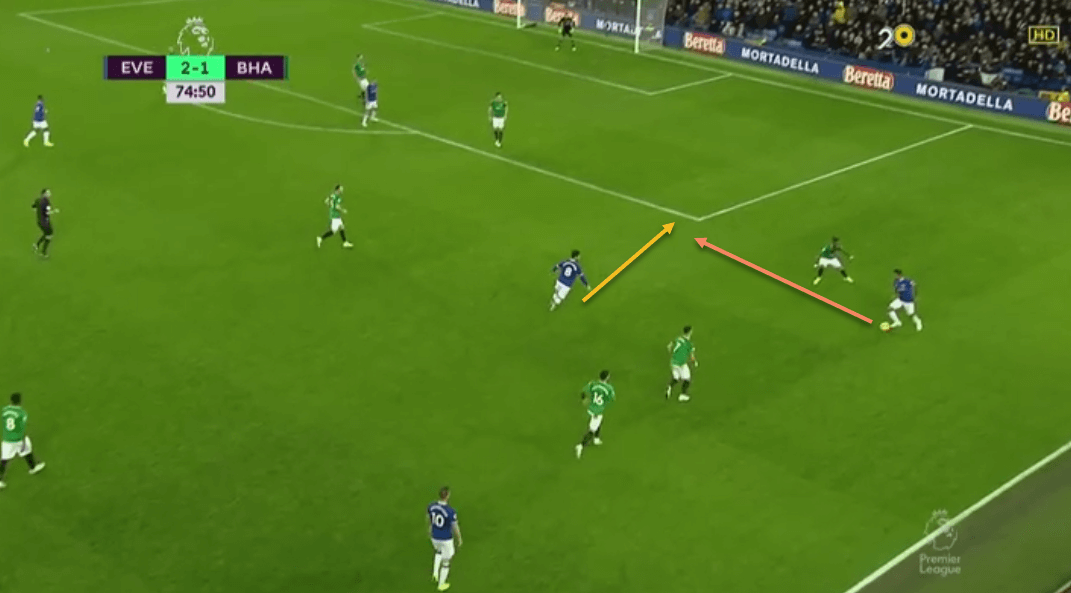
Conclusion
This deal represents a very good bit of business for Everton. They have managed to land a quality midfielder for a relatively cheap fee, and more importantly, he is already well-versed with the tactics and style of play at the club. Andre Gomes endured a difficult couple of years in the goldfish-bowl environment that is the Camp Nou, but now, at the age of 25, he looks ready to deliver on his undoubted potential.
If you love tactical analysis, then you’ll love the digital magazines from totalfootballanalysis.com – a guaranteed 100+ pages of pure tactical analysis covering topics from the Premier League, Serie A, La Liga, Bundesliga and many, many more. Buy your copy of the June issue for just ₤4.99 here, or even better sign up for a ₤50 annual membership (12 monthly issues plus the annual review) right here.

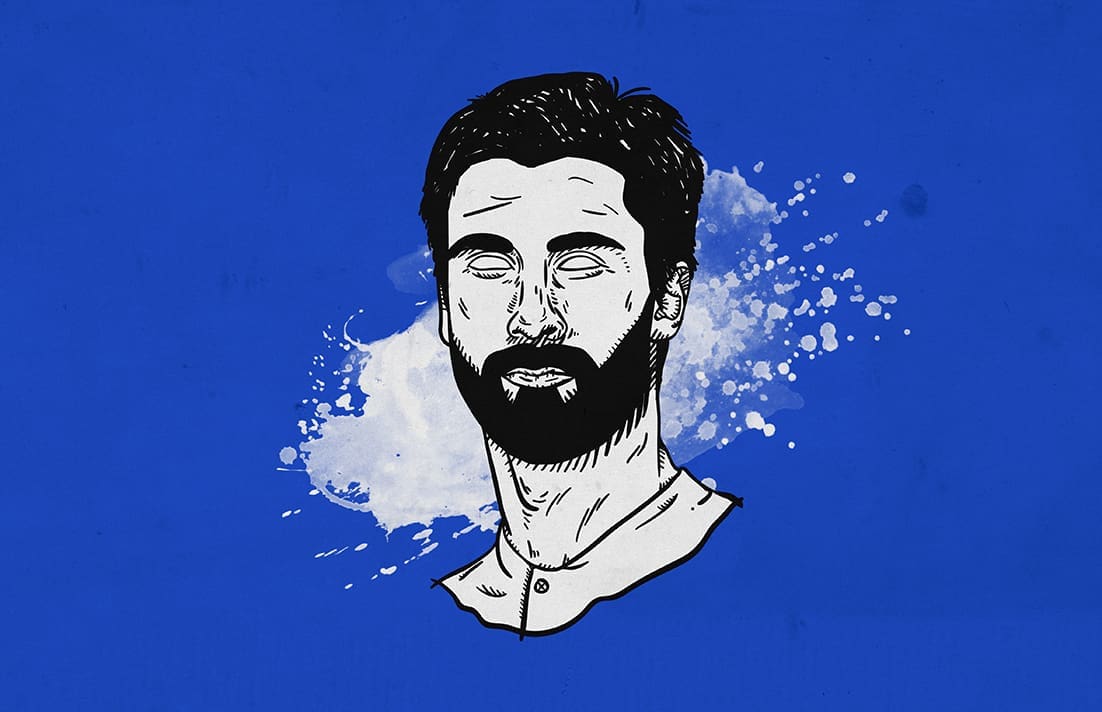


Comments